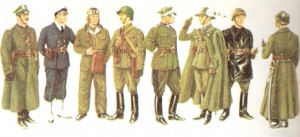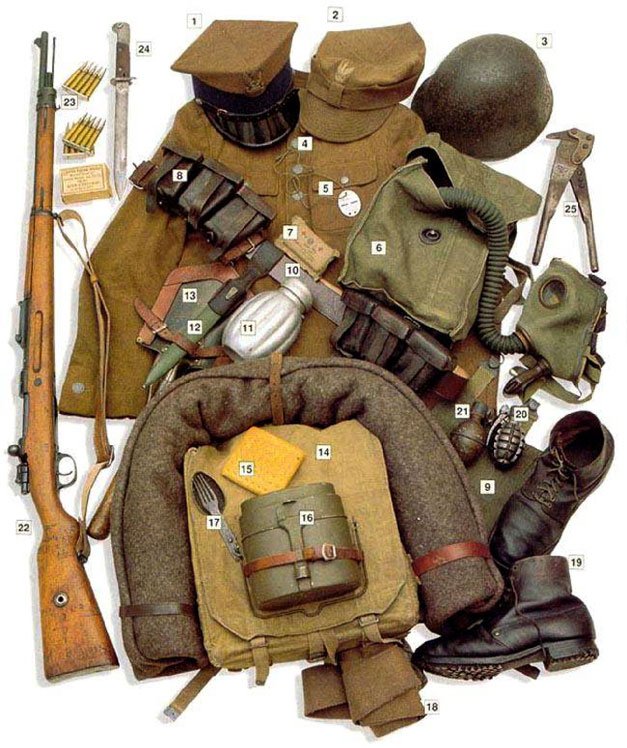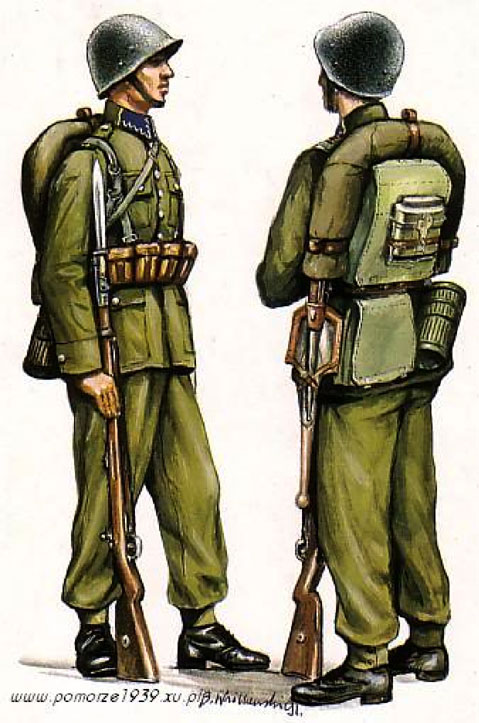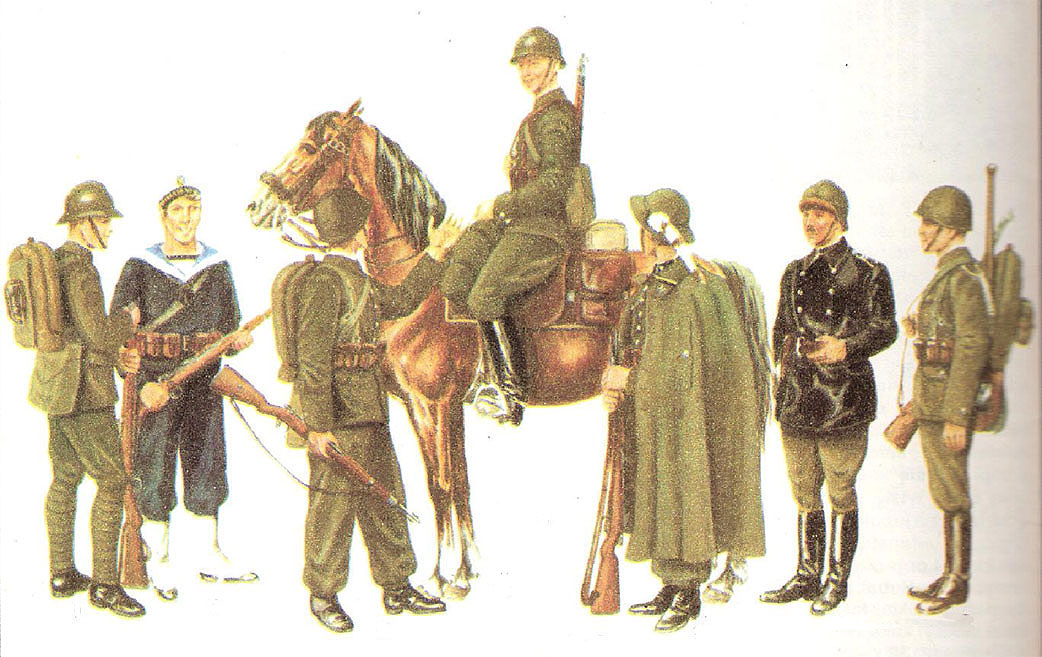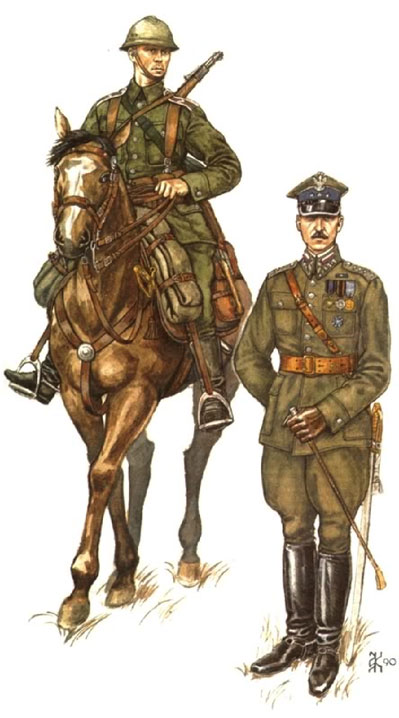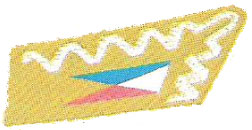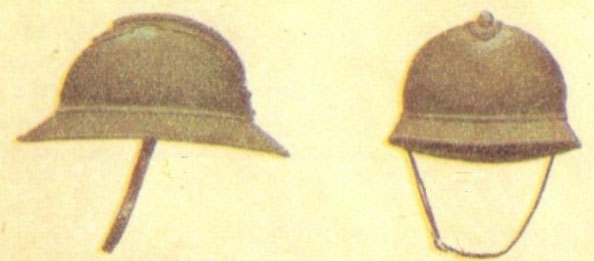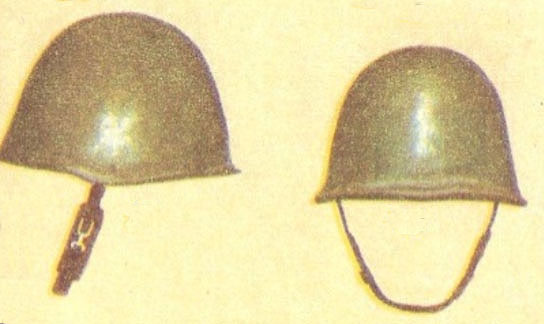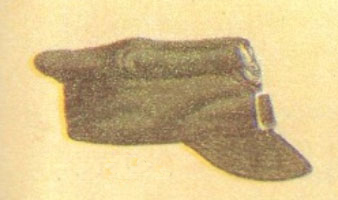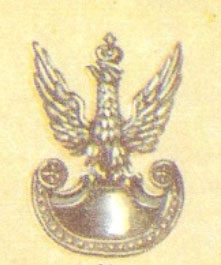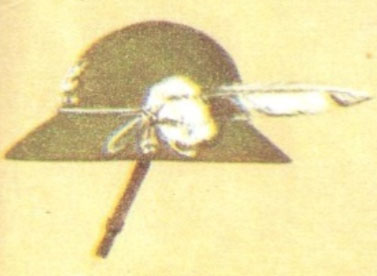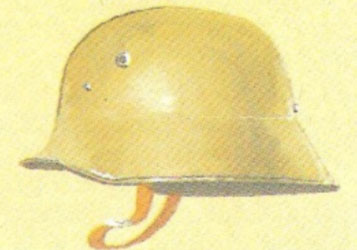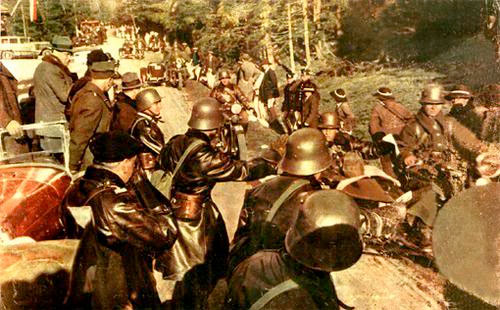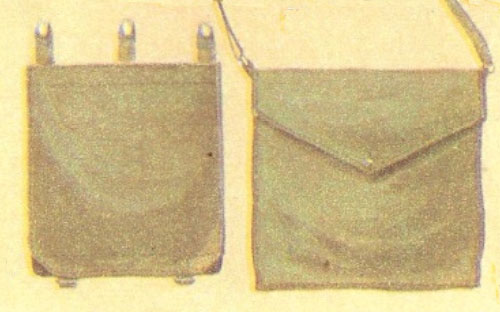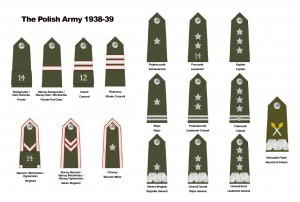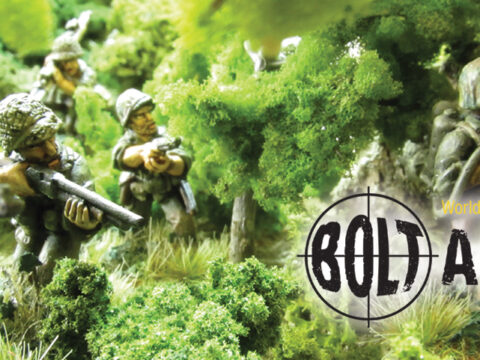With the release of our latest Bolt Action book ‘Germany Strikes‘ what better excuse do we need to revisit a splendid guide to the uniforms and insignia of the Polish army during the early stages of WWII.
If you’re interested in how to best paint and collect a Polish army to face the German and Soviet invaders look no further than this excellent article.
Polish Army of World War II – Early War
By Vincent Rospond (additional material by Darek Wyrozebski)
Base Uniform
The basic uniform consisted of a khaki tunic and pants. The colour varied slightly between a brown and green shade. For cavalrymen the in-seam was re-enforced with leather inserts. For some artillery and armoured units one-piece khaki coveralls were worn on duty.
For the 10th Motorized Division mid-length black leather coats were worn on service.
Knee length khaki overcoats were worn to protect from the cold.
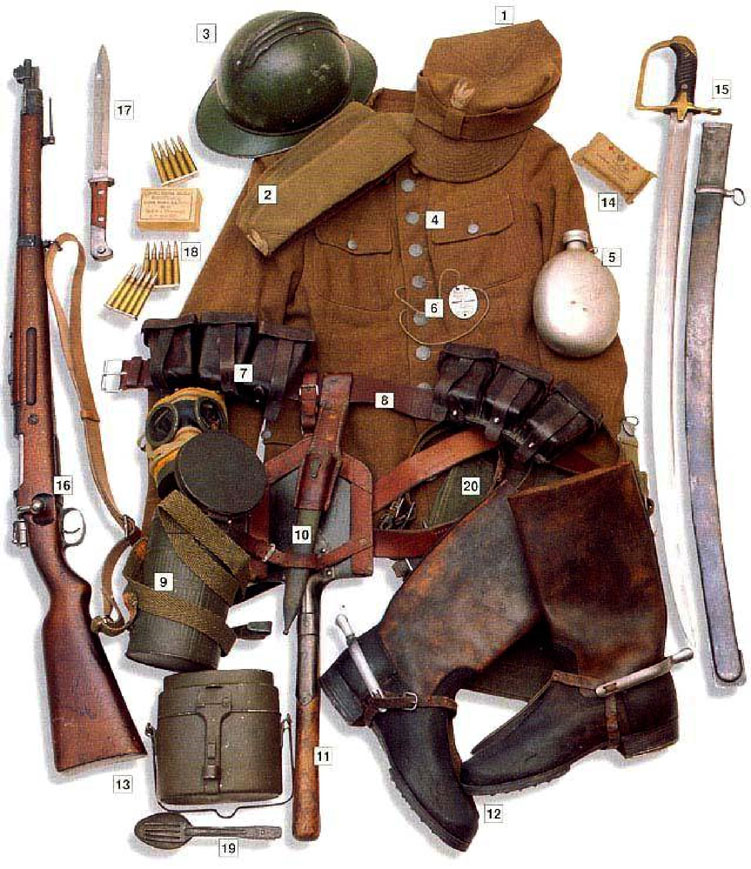
01 – wz.1937 “rogatywka” field cap
02 – wz.1932 forage cap
03 – “Adrian” French steel helmet
04 – wz.1936 jacket
05 – wz.1931 canteen
06 – dog tag
07 – leather ammo pouches for Mauser ammo
08 – main belt
09 – RSC gas mask with canister
10 – wz.1924 bayonet cover
11 – folding shovel in a leather cover
12 – boots with spurs
13 – wz.1931 mess kit
14 – personal dressing
15 – wz.1934 cavalry sabre
16 – 7,92 mm Mauser 1898a rifle
17 – wz.1924 bayonet
18 – 7,92 mm ammo clips
19 – fork + spoon kit
Some infantry had blue patches on their collars that were left over from the pre-war era. The rest had plain collars. Likewise some overcoats had a yellow over blue vertical stripes on the collars. For cavalry units the colours of the tunic would have copies of the lance pennants for the regiment on them as below
Figure 1 – Cavalry collar patches
Headgear
Following the Russo-Polish war in 1921 the army adopted a version of the 1916 French Adrian helmet with the Polish Eagle badge in the front painted khaki green. This was superseded by the bowl type helmet for the infantry in 1935. The Adrian helmet was still in use amongst the cavalry, some artillery and National Guard units. The chinstrap was brown leather.
In 1935 the army adopted a bowl type helmet, which was issued to all infantry units. This was painted a color called Salamander and the paint had bits of sand and grit in it. Some artillery and cavalry units adopted this as well. The chinstrap for this was brown as well.
The undress cap was primarily the rogatywka – a square-topped wool peaked cap. This buckled a flap across the bill and had a silver metal Polish Eagle badge on the front. This was the same colour cloth as the field uniform.
Figure 2: Cap badge
The highland (Podhale) division wore a helmet of heavy felt with a bowl top and down sloping sides. The eagle was brass and rank was indicated on the front of the helmet. An eagle feather was fixed to the left side with white cords. This had a brown leather chinstrap.
The 10th mechanized brigade wore the 1916 pattern German helmet painted khaki. The leatherwork was brown. There was no national marking on it.
Armoured units wore a modified Adrian helmet that was similar to the helmets French armoured units wore. The front was chopped off and replaced with a leather visor.
Footgear
Enlisted infantry, artillery and armoured troops wore brown leather ankle boots. For officers and cavalry, knee length brown leather boots were worn on duty.
Figure 3 – 10th Mechanized Brigade
Belts & Equipment
All belting was brown leather and canvas equipment were light khaki in colour.
Doctrine enacted just prior to the war had the cavalry leave their lances in barracks on active duty. Some regiments seemed to have disregarded this and carried into battle anyway. Each regiment had its own pattern lance pennant.
Rank Badges
Ranks were indicated on the shoulder straps and in the case of the highland division on the front of the helmet.
Bibliography
Jadziak, Dr. Emil phd , editor, II Wojna Swiatowa, 1981 (Krajowa Agencja Wydawnicza: Warszawa)
Korbal, Rafal, Dzieje Wojska Polskiego, 1990 (Wydawnictwo Podsiedlik-Raniowski I Spolka: Poznan)
Lezenski, Cezary & Kukawski, Leslaw, O kawalerii polskiej XX wieku, 1991 (Zaklad Narodowy imienia Ossolinskich Wydawnictwo: Wroclaw)
Zaloga, Steven, The Polish Army 1939-1945, 1982 (Osprey Publishing: London)
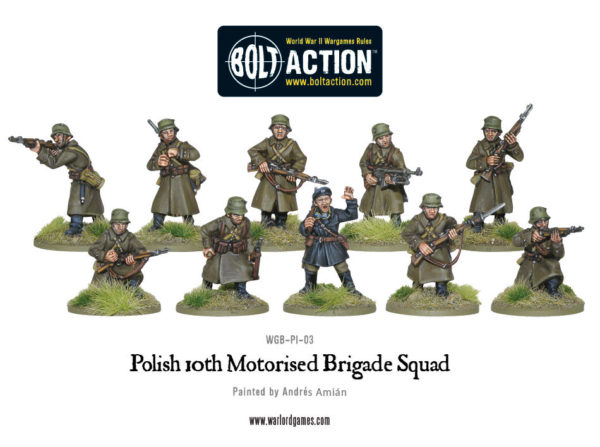
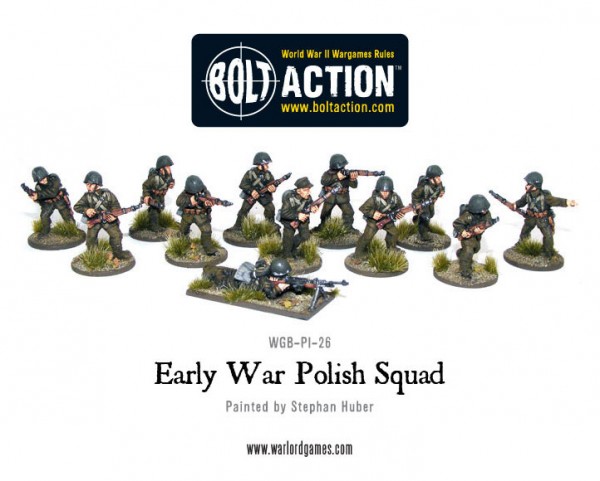
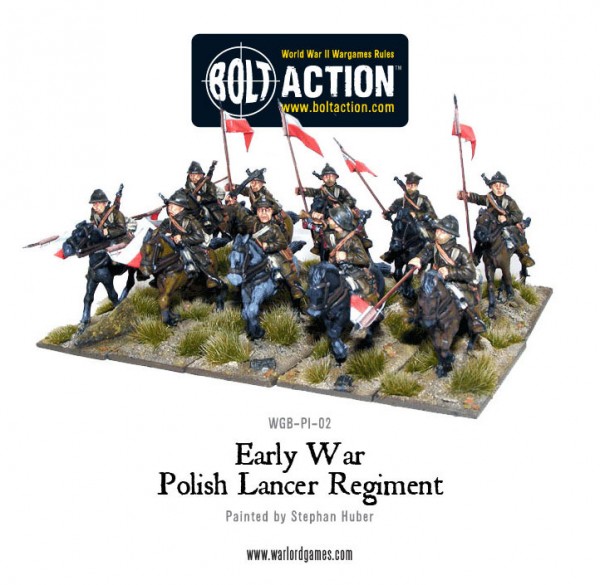
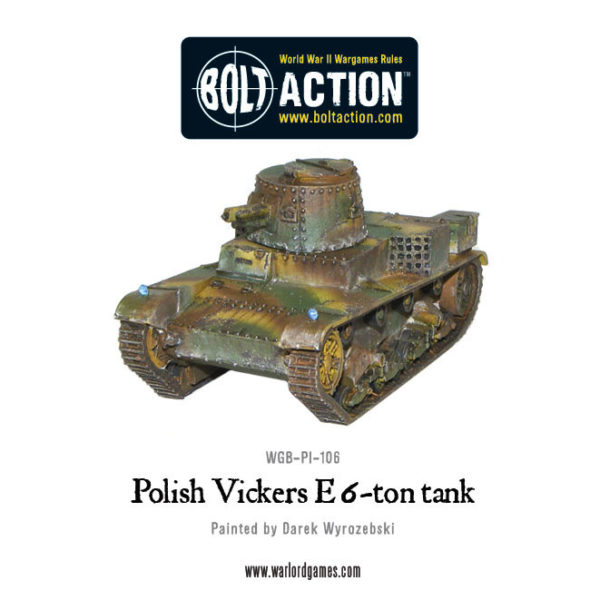
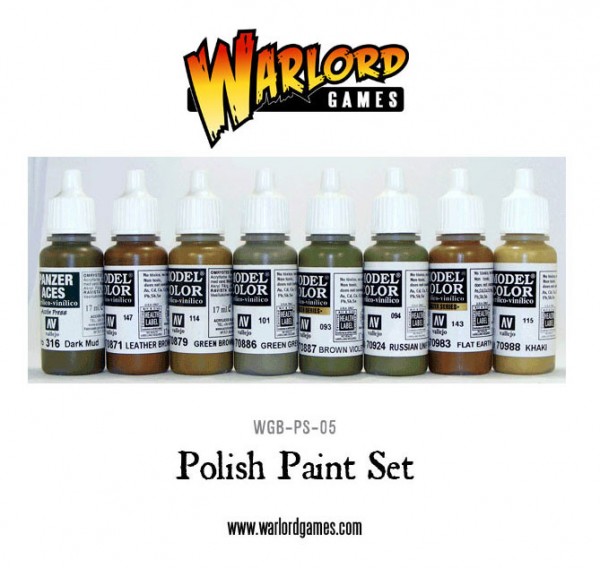
Plenty of great Bolt Action Polish miniatures await your paintbrush here in the webstore!

